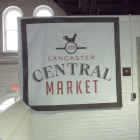 For some readers the onset of seasonal fall weather means bundling up for Friday night high school football games or starting the furnace, but I’m always reminded that another growing season is coming to a close. However, It is not too late to find great local produce at any of Pennsylvania’s local market houses!
For some readers the onset of seasonal fall weather means bundling up for Friday night high school football games or starting the furnace, but I’m always reminded that another growing season is coming to a close. However, It is not too late to find great local produce at any of Pennsylvania’s local market houses!
Throughout Pennsylvania, many communities still maintain their historic market houses. These tremendous buildings are significant cultural and community resources for residents and visitors. Recently, Reading Terminal Market, located at 12th and Arch Streets in downtown Philadelphia, was named a “Great Public Space” by the American Planning Association. Those readers who attended the FORUM 2014 Conference in July were treated to a great reception at that Market featuring some of the Philadelphia area’s special treats. I know I won’t soon forget the delicious grilled cheese sandwiches from Valley Shepherd Creamery!
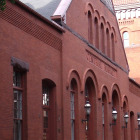 I often stop by my local downtown Market in the fall to shop. Not only can I buy homemade pickles and chowchow to take to Sunday dinner, but I can visit with friends over a fresh donut. The market started in 1730 as an open air market along West King Street in Lancaster, but the current building dates from 1889. Lancaster Central Market celebrates its 125th anniversary this year! Designed by architect James Warner, the Romanesque Revival-styled building is tucked behind the Greist Building and the old State House on the northwest corner of Penn Square. The red brick building has a rusticated brownstone base and features a front façade with twin pyramidal roof towers flanking a major gable. Lancaster Central Market (BHP Key No. 001106) has been listed in the National Register of Historic Places since July 12, 1972!
I often stop by my local downtown Market in the fall to shop. Not only can I buy homemade pickles and chowchow to take to Sunday dinner, but I can visit with friends over a fresh donut. The market started in 1730 as an open air market along West King Street in Lancaster, but the current building dates from 1889. Lancaster Central Market celebrates its 125th anniversary this year! Designed by architect James Warner, the Romanesque Revival-styled building is tucked behind the Greist Building and the old State House on the northwest corner of Penn Square. The red brick building has a rusticated brownstone base and features a front façade with twin pyramidal roof towers flanking a major gable. Lancaster Central Market (BHP Key No. 001106) has been listed in the National Register of Historic Places since July 12, 1972!
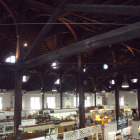 The interior of the Market is just as amazing architecturally. The roof is carried on 20 wood pillars creating an impressive clear span space. Large timber brackets spring from each column to support giant cross beams which in turn support wood framing and steel rod trusses. There are five different types of trusses framing the roof, with Howe trusses being the most prevalent. All of the market stands are arranged in a grid pattern for convenient and easy circulation throughout. Interestingly, when the market first opened in 1889 there were 160 different stand holders. That number has declined to the current 63 vendors but don’t let that number fool you. The average stand size is larger today with more inventory and modern refrigeration to ensure meats, fish, and cheese stay fresh.
The interior of the Market is just as amazing architecturally. The roof is carried on 20 wood pillars creating an impressive clear span space. Large timber brackets spring from each column to support giant cross beams which in turn support wood framing and steel rod trusses. There are five different types of trusses framing the roof, with Howe trusses being the most prevalent. All of the market stands are arranged in a grid pattern for convenient and easy circulation throughout. Interestingly, when the market first opened in 1889 there were 160 different stand holders. That number has declined to the current 63 vendors but don’t let that number fool you. The average stand size is larger today with more inventory and modern refrigeration to ensure meats, fish, and cheese stay fresh.
I am especially proud to be a patron of Lancaster Central Market. The City of Lancaster is the owner and employs a full-time Market Manager to oversee day to day operation. There is also an active community group, the Friends of Central Market who raise money for long-term rehabilitation and preservation projects. This partnership is strong and the Market remains a vibrant asset in my community. Together, they were also named one of the Great Public Spaces in America in 2009, like Philadelphia’s Reading Terminal Market. That same year, the City of Lancaster received a Save America’s Treasure’s Grant from the National Park Service for some much needed exterior preservation work and improvements to interior circulation, as well as the mechanical and lighting systems. All of this work was completed several years ago and received a Construction Project Award in 2011 from Preservation Pennsylvania.
I invite you to visit the Lancaster Central Market if you are in the Lancaster area. The Market is open Tuesday and Fridays 6:00 AM to 4:00 PM and Saturdays 6:00 AM to 2:00 PM, year-round. You can find me there most Saturday mornings stocking up on fresh local produce and admittedly, enjoying a donut.
I also challenge you visit your own local Pennsylvania Market houses. The treasures you find there (both edible and architectural) may astound you!
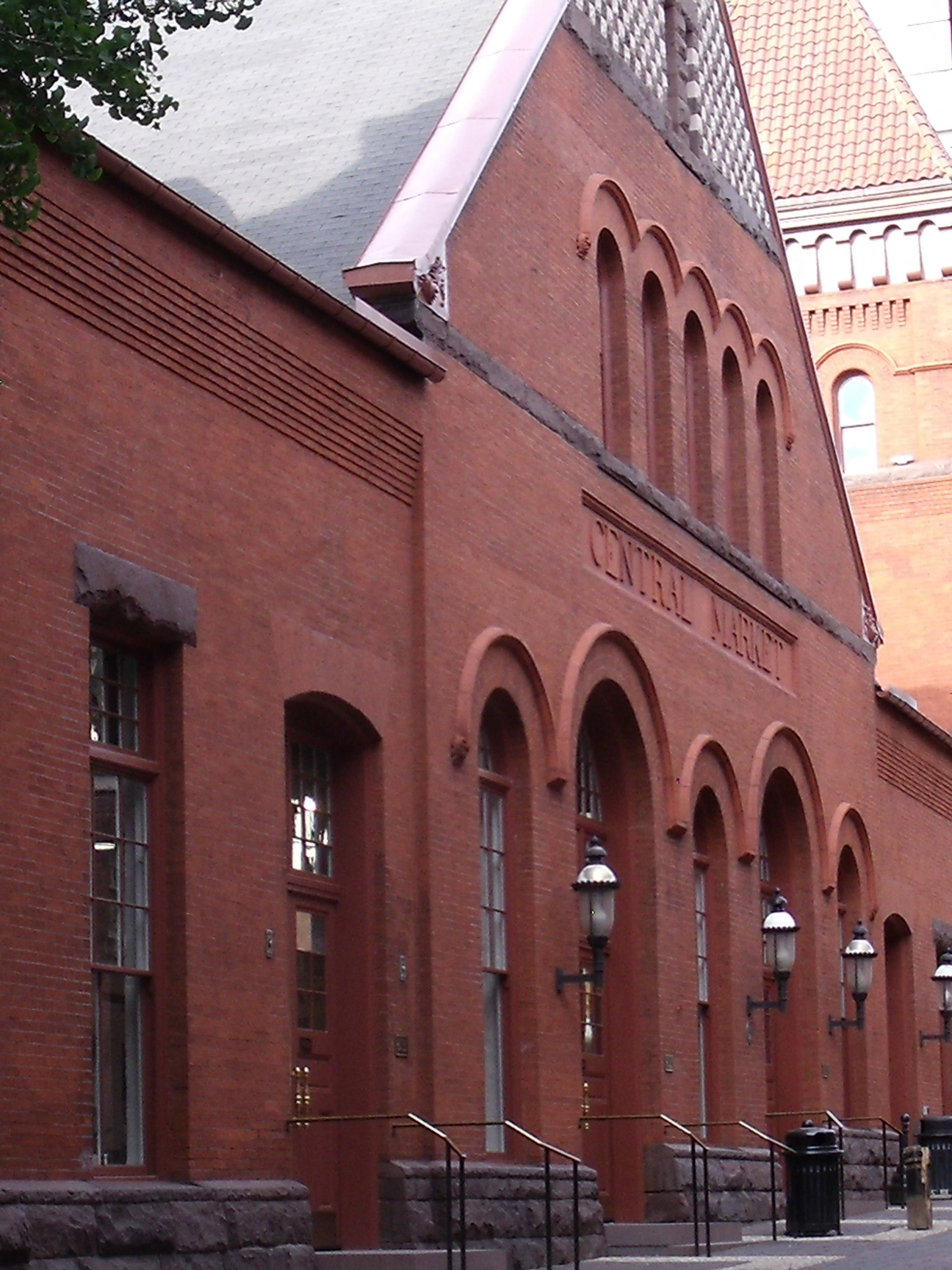
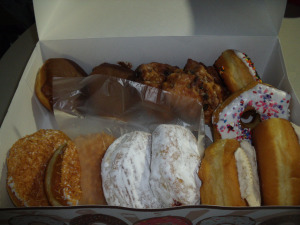
Leave a Reply